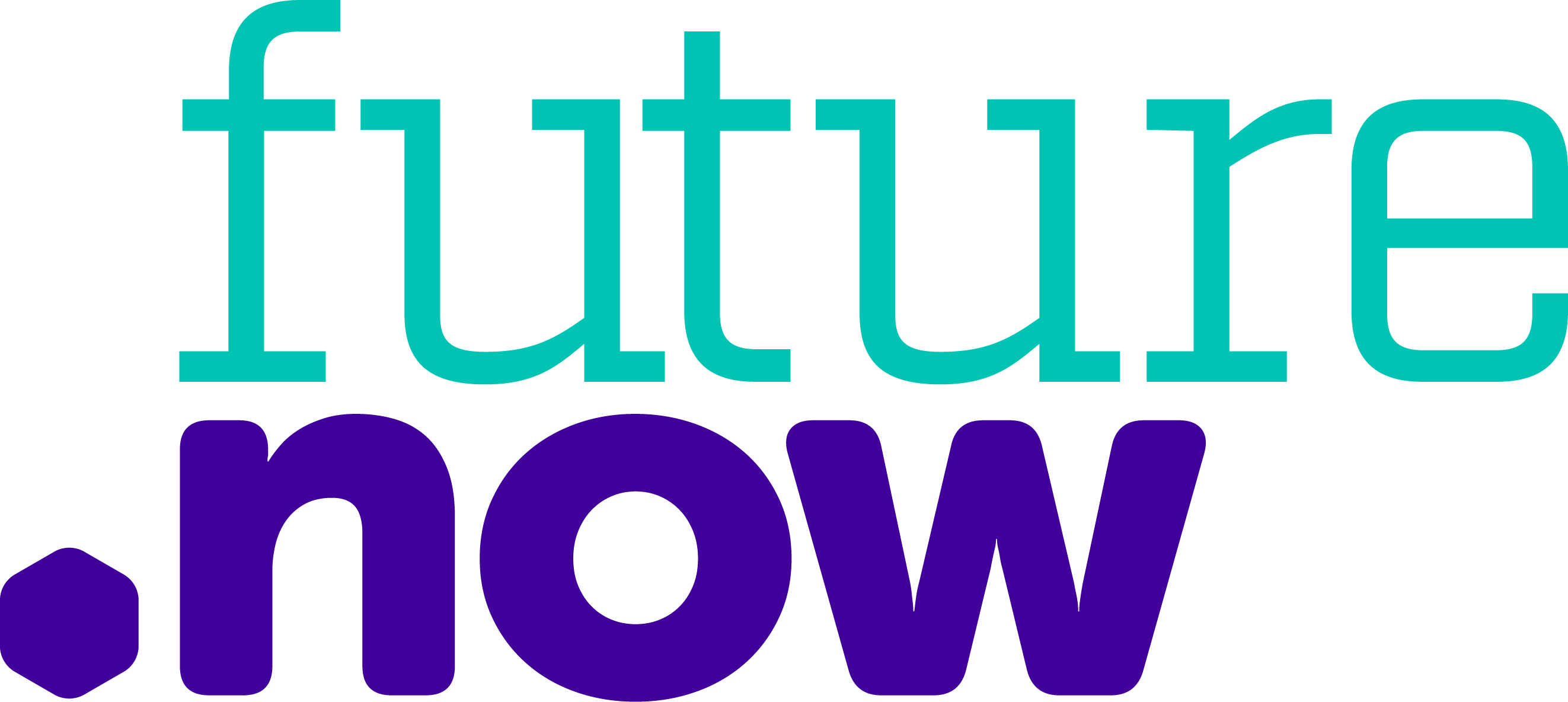Members’ Area
Back
Digital Boost
Free 1:1 Mentoring, Masterclasses and Peer Learning Programmes
LevelFoundationEssentialAdvanced

What it does
Digital Boost is a community of digital and business experts who provide free one-to-one and small group mentoring and learning support to help small businesses, charities and individuals thrive in the digital world.
This community of thousands of digital and business experts provide highly personalised, actionable support.
Digital Boost is owned by a charity and supported by corporate partners.
How it helps
Support is offered in the following ways:
– 1:1 mentoring on specific issues and challenges people are facing
– Small group mentoring and interactive Masterclasses
– Peer learning programmes
– Tailored resources and learning support
– Bespoke programmes for partners
Support is available in 60+ topics including digital marketing, technology, software systems and more.
How to access
Digital Boost services are delivered via a proprietary learning platform, which is available for other organisations to use on a white label basis.
You can find out more at www.digitalboost.org.uk.
Who to contact
To get in touch directly with the Digital Boost team, email contact@digitalboost.org.uk.
Which skills are covered in this course?
You can act with caution, understanding that online activity comes with risks (e.g. use anti-virus software, share information securely or avoid certain types of site such as piracy websites)
You can be careful with what you share as you know that online activity produces a permanent record that can be accessed by others (e.g. publicly shared photos, personal information or opinions)
You can follow data protection guidelines online (e.g. following data storage and retention guidelines, not sharing or using other people’s data or media such as movies or music without their consent)
You can identify secure websites (e.g. by looking for the padlock and ‘https’ in the address bar)
You can identify secure Wi-Fi networks to connect to (e.g. Wi-Fi networks where a unique password is required, trusted source or padlock next to Wi-Fi network)
You can recognise suspicious links and know that clicking on these links or downloading unfamiliar attachments is a risk (e.g. Spam/phishing emails, texts, pop ups)
You can respond to requests for authentication for online accounts (e.g. resetting your password when you’ve forgotten it, two factor authentication, using a remote access key or an authenticator app)
You can set privacy and marketing settings for websites and your accounts (e.g. managing social media privacy settings, managing cookie settings, updating contact preferences)
You can update your device software/ operating systems when necessary to prevent viruses and other risks (e.g. enabling automatic updates, or installing when prompted to do so)
You can communicate in the workplace digitally using messaging applications (e.g. Email, Microsoft Teams, Zoom, Slack, internal Intranet, WhatsApp)
You can set up and manage an account on a professional online network/ community/job site (e.g. LinkedIn, Total Jobs, Indeed)
You can use workplace digital tools to create, share and collaborate with colleagues (e.g. Microsoft Teams, OneDrive, G-Suite, Office 365, WeTransfer, DropBox, WebEx, Slack)
You can follow your organisation’s IT policies when sharing information (e.g. classifying emails/documents, encrypting sensitive information, sharing appropriate information on social media)
You can securely access, synchronise and share information at work across different devices (e.g. manage email, calendar or appointment system via different devices)
to do new things at work using online tutorials, learning platforms and how-to guides (e.g. LinkedIn Learning, YouTube, iDEA, Skillsoft, internal learning platforms)
You can find information online that helps you solve work related problems (e.g. Search Engines, IT helpdesk, software providers, peer networks)
You can improve your own and/or the organisation’s productivity using digital tools (e.g. Trello, Microsoft Projects and Planner, Slack)
You can use appropriate software that is required of your day-to-day job (e.g. spreadsheets, online booking systems, HR management, workflow or sales management)
You can access salary and tax information digitally (e.g. password protected payslips, P60, P45)
You can complete digital records on behalf of, or within your organisation (e.g. absence management, holidays, timesheets, expenses, tax returns)
